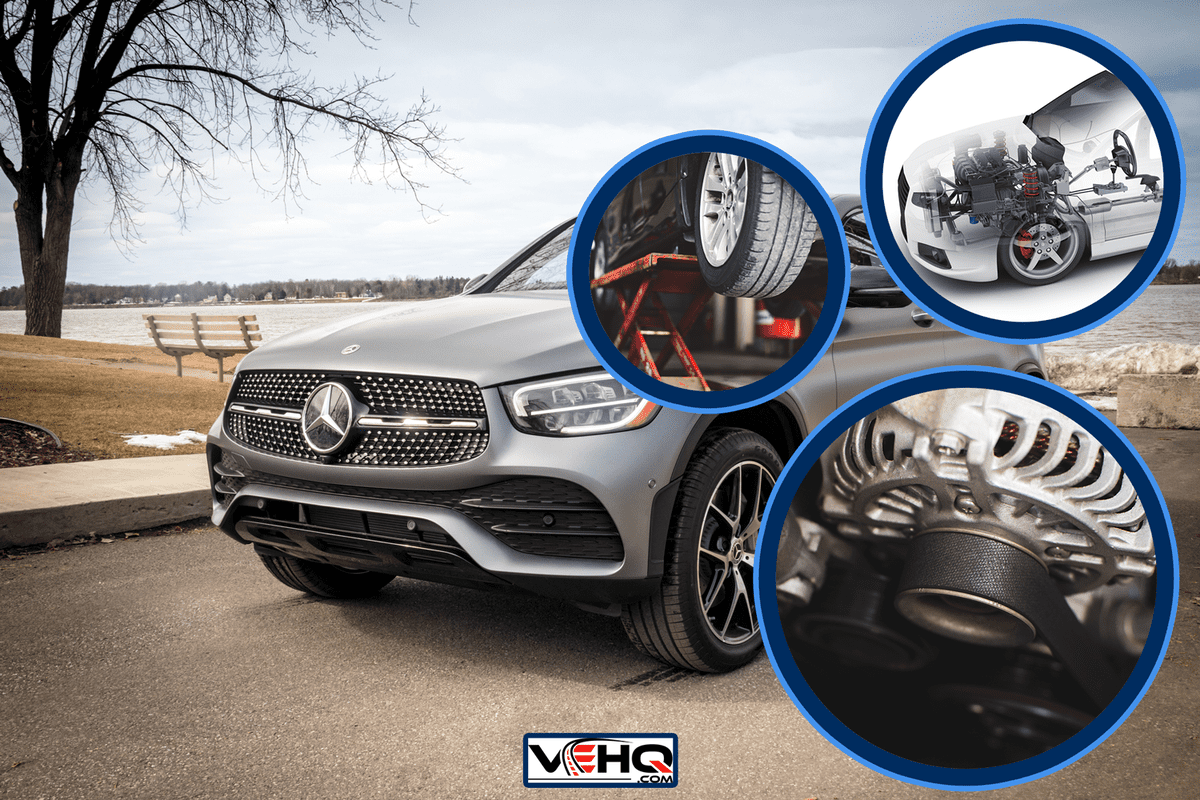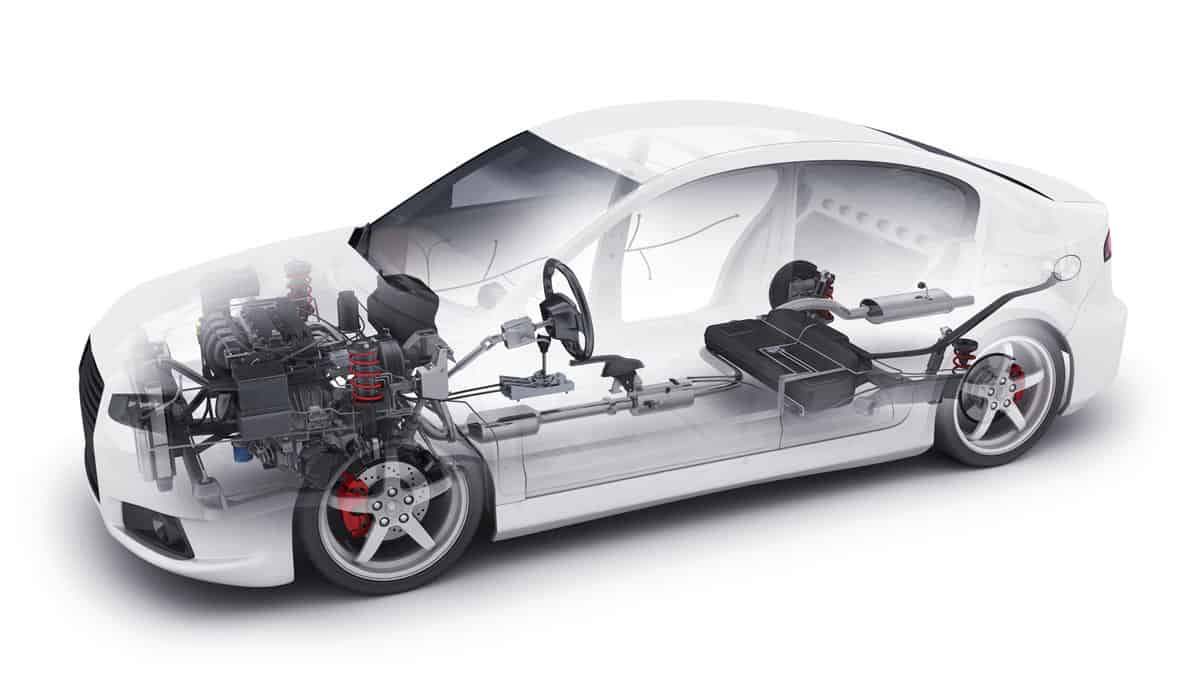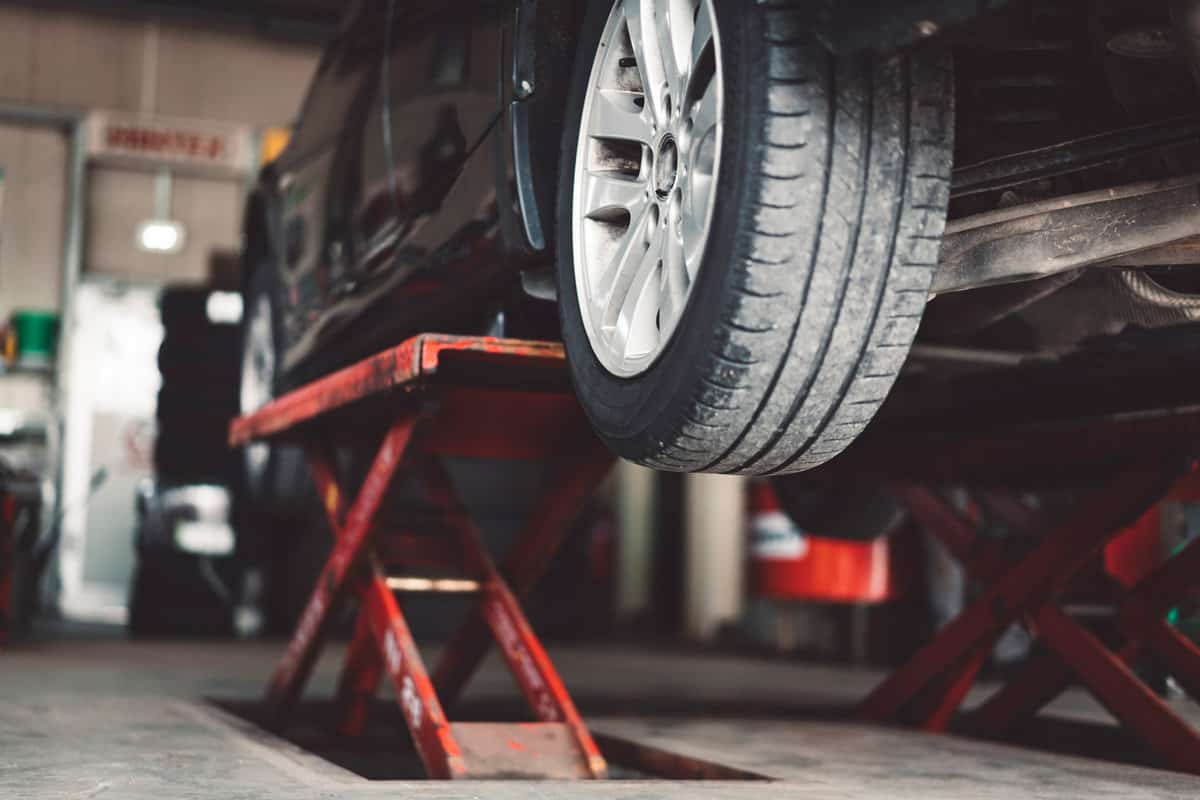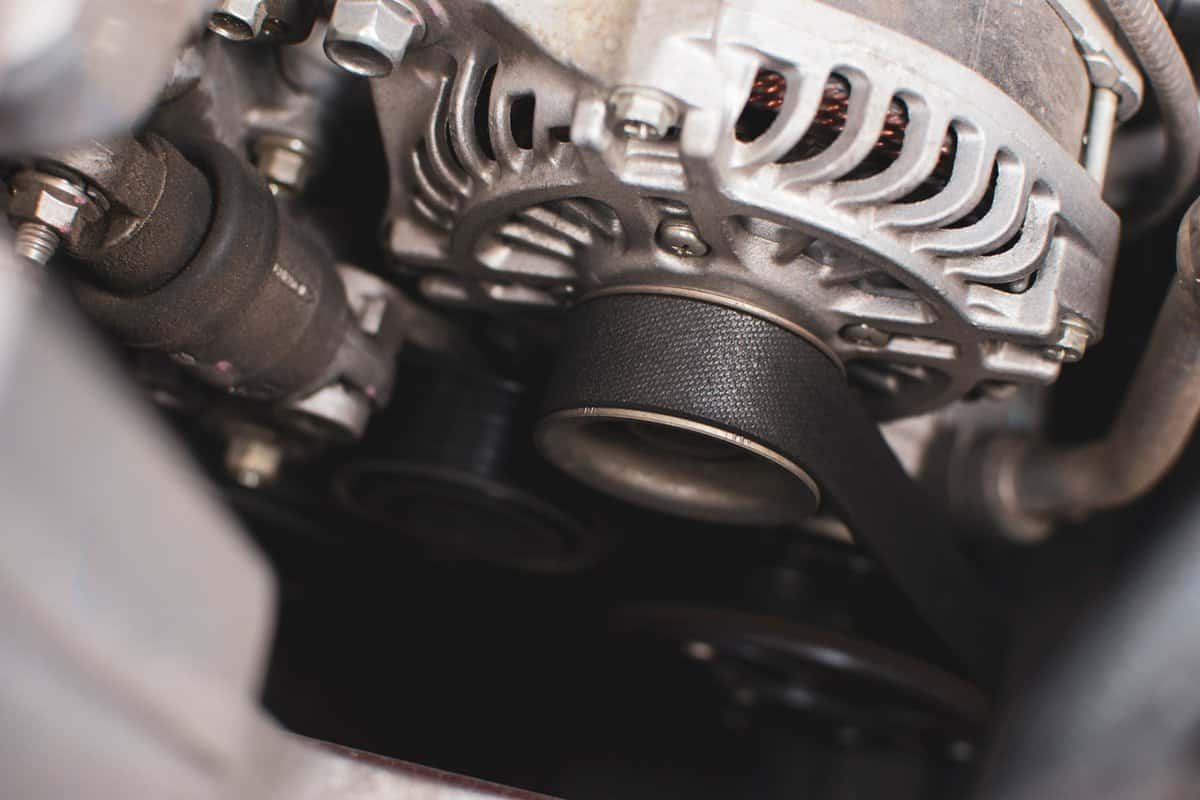You start your car, hoping that it’s going to be a normal day for a good drive. But the vehicle makes a purring sound while it’s running. Is this sound normal? If not, what could be wrong with your car? We researched these questions to give you the following answers.
Nothing might be wrong with your car if you hear purring. But the noise can be concerning if it doesn’t normally happen. If this purring noise is uncommon for your vehicle, it might indicate that it has problems like:
- Loose nuts
- Exhaust leak
- Faulty heat shield
- Loose drive belt
Eliminating the noise at its source demands finding its origins. Then you can move forward by using the appropriate steps. So continue reading as we discuss these possible sources of the purring sound from your car in greater detail. We’ll also tackle some potential solutions for this main issue.

What Does It Mean If My Car Is Purring?

Generally, it’s normal for a car’s engine to make a purring noise. In comparison, it can also be normal for some vehicle engines to roar and there is nothing wrong with its parts and/or assemblies. As a car owner, you should first assess if the engine purring you hear is abnormal or not.
If it’s rare for your vehicle to purr, some possible issues are:
Loose Nuts
Normal and frequent driving may loosen the nuts in your vehicle over time. If so, these fasteners might vibrate while the engine is running, which can also contribute to the purring sound.
Exhaust Leak
A loud purring or rumbling noise from the engine may indicate an exhaust leak. This sound usually appears when the car accelerates. It could also surface at relatively any time the engine is running.
If the cause of the purring sound is an exhaust leak, it can also become the precursor to other problems, such as:
- Reduced fuel economy
- Acceleration and power loss
- Lingering gas smell inside and around the car
Plus, an exhaust leak from your car can also produce fumes that can be harmful to the environment. Failure to treat this concern may result in further harm to the environment as it contributes to greenhouse gas effects.
Faulty Heat Shield
Damage to the exhaust heat shield may generate noises like purring because of the generated vibrations. Some serious cases may also make this assembly produce loud rattling sounds.
Apart from the purring, other signs that your heat shield needs attention are:
- Failure to protect the car’s systems from overheating.
- The cabin becomes warmer than usual, even with the air conditioner running.
- A burning smell emanating from under the hood.
- Visible evidence of burning parts, particularly those made of plastic.
- Corrosion and/or rust appearing on the heat shield assembly.
Loose Drive Belt
A loose drive belt may generate sounds that range from a soft purr to a hitch-pitched squeal. As the driver, you’ll also feel that your car performs loosely. Returning the belt to its original position may solve the problem. Otherwise, replacing the component might be a requirement.
How To Get Rid Of Purring Sound From Car?
Getting rid of an unknown purring sound from your vehicle often begins with troubleshooting. After finding out the source of this noise, you can proceed by going through with the correct solution.
In this section, you’ll learn some repair and replacement techniques for your car that might help you in eliminating the purring noise:
Find And Tighten Loose Nuts

Loose wheel nuts might become culprits to your car purring. You can check if these parts aren’t secure by using loose wheel nut indicators.
Using these items is reasonably straightforward, and here's a quick guide to show you how to use them:
Step-by-Step Guide
- Check your owner’s manual or consult your car’s wheel manufacturer for the wheel’s nut size.
- Purchase the correct size of loose wheel nut indicators.
- Once ready, insert each indicator into each nut in your car’s wheels. Make sure that every two indicators will be pointing at each other.
- Drive your car for a relatively short distance. Then, park it at a safe location.
- Inspect the indicators.
Nothing is wrong with your wheel's nuts if the arrows in the indicators are still in their original positions. However, some nuts might be loose if their directions changed. Fix this problem by using a correctly sized socket wrench to tighten the loose nuts. The purring sound should also disappear afterward.
Check out this set of loose wheel nut indicators on Amazon.
You may also watch the video below for a visual guide for the steps mentioned above:
If the exhaust leak is serious, this video may help:
Tighten The Drive Belt

Unlike repairing an exhaust leak, tightening a loose drive belt is typically an easier job. So follow these steps to complete this process:
What You’ll Need
- Tension gauge tool
- Spanner
- Pry bar
Step-by-Step Guide
- Open the hood and find the drive belt.
- Attach the tension gauge to the belt and pull the tool to measure the current tightness.
- Use the spanner and loosen the tension adjustment fastener. You may need a pry bar for it to act as a lever for the assembly.
- Tighten the adjustment fastener and check the tension gauge again.
- Turn on the engine to see if the purring noise persists.
Check out this universal tension gauge tool on Amazon.
Watch the video below if you need additional help for this task:
Repair An Exhaust Leak
Before continuing with this task, it’s important to note that fixing an exhaust leak typically requires sufficient expertise and knowledge in handling automotive parts. Request professional help if you believe that you’re not confident in tackling this job.
Also, the steps to eliminate an exhaust leak, along with the accompanying noise the problem makes, may depend on the severity of the problem. The following procedure might help fix this issue if the leak is relatively minor:
What You’ll Need
- Muffler and tailpipe putty
- Steel wool
- Popsicle stick
Step-by-Step Guide
- Clean the surface of the tailpipe with steel wool.
- Mix the two bags of muffler and tailpipe putty according to the manufacturer’s instructions.
- Apply the mixed putty to the leak with the help of the popsicle stick or a similar tool.
- Start the car’s engine and idle it for about 10 minutes.
- Turn off the engine and let the putty cure for at least a day before restarting the vehicle.
Check out this product on Amazon.
You can also watch the video below to see a visual representation of the steps mentioned above:
What Are The Signs That You Need To Replace Your Car?
Apart from unknown sounds coming from your vehicle, other signs that might tell you that it’s time to replace it are:
Maintenance Costs Skyrocket
Generally, you should only expect to pay about $1,000 on car maintenance costs. But it might be time to think about getting a new vehicle if the costs to maintain and repair your vehicle are getting higher every time you go to the automotive service center.
Reduced Safety
Loose seatbelts, airbag malfunction, and reduced braking power can be signs that you should be buying a new car. Although some of these safety issues are repairable, a new vehicle may help save you the trouble and costs of fixing these problems, particularly if these concerns reoccur frequently.
Low Gas Efficiency
Cars become less fuel-efficient over time. The problem here is that the systems that allow the vehicle to move can degrade with age.
It’s possible to recover some of the lost gas efficiency by replacing some parts and/or assemblies like the spark plug with new models. But you'd be better off replacing your old car with a new unit.
Check out this replacement spark plug on Amazon.
What Is The Average Life Expectancy Of A Car?

A car’s lifespan often depends on different factors, such as the parts used in manufacturing. But expect a good-quality car to last approximately 12 years or 200,000 miles, whichever comes first. This detail is typically similar to other vehicles, including pickup trucks.
Final Words
You may not need to worry if you hear purring from inside your vehicle while it's running. But be wary if this sound isn't normal for your car. Troubleshoot it to find the sound's origin and use the right solution to get rid of it.
If you're looking for answers to other odd sounds coming from your car, check out these other posts:




